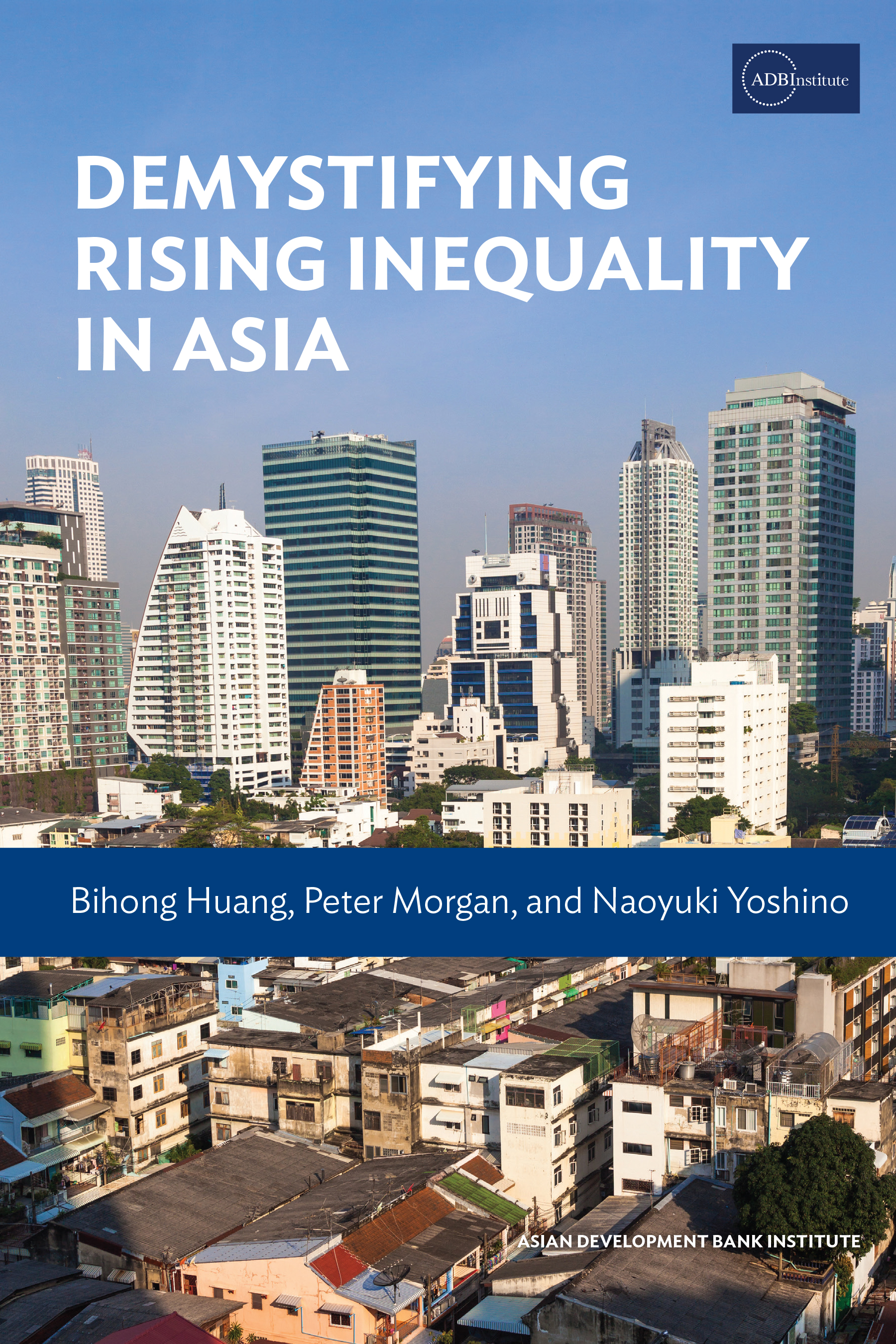1. The new global political and economic scenario
As the committee has been claiming in past statements, the region has been facing a confluence of adverse events since at least the year 2013. These have come as waves: an event materializes, then there is a period of calm and then another comes. Until mid-2016, these (interrelated) events included: (1) the lack of dynamism in advanced economies; 2) China’s economic slowdown; 3) the sharp fall in the price of the region’s export commodities; 4) the appreciation of the dollar; and 5) the fall in capital flows. Unlike other periods of financial turbulence due to external factors, since 2013 these events have been long lasting. This implies that their effects on the region have been accumulating and the economies have been weakening even in a context of low interest rates and broad international liquidity.
Since mid-2016, a new wave of political developments in advanced countries has been shaking Latin America. This time the characteristics are different because they refer to the growth of the political movements that promote a reduction of globalization. In the United Kingdom, the Brexit phenomenon started this new trend and the presidential election in the United States cemented it.
This trend is still materializing because elections in other European countries could further strengthen anti-globalization positions in the advanced world.
Of all these developments, the most relevant has been Donald Trump’s election victory in the U.S. as he, with his campaign statements, has shaken the reigning political orthodoxy in both the Democratic and Republican parties. Although there is considerable uncertainty about the policies of a future Trump administration, as it has not yet begun, economic and financial variables have begun to anticipate what are considered to be the main consequences for the U.S. economy. For example, one month after the election, the dollar has strengthened 10 percent against the yen and 6 percent against the euro, the Dow has risen 7.7 percent, the volatility implied by the VIX is at nearly historically low levels and the consumer confidence index jumped 4.5 percent in December.
The perspectives of the future U.S. administration are associated with the following developments. First, the new administration is expected to reduce the tax burden on businesses and individuals, to adopt tax incentives to promote employment at the level of specific sectors and/or companies, and to try to implement a strong expansion of public expenditure on infrastructure. The result of this fiscal stimulus, which is expected to have no strong opposition in the U.S. Congress, will be a possibly significant increase in the fiscal deficit but also an expansion of aggregate demand. That is why different analysts of the U.S. economy are anticipating a higher rate of growth, at least in the short term.
However, these expectations have raised the yield on U.S. Treasury bonds in the long run. In particular, the possibility that the U.S. Treasury may resort to a significant issuance of “ultra-long-term” maturity bonds (over 30 years) may fuel the expectation of a steepening in the yield curve of U.S. Treasury bonds. The increase in the U.S. interest rate coincides with the beginning of a more rapid normalization period of the Federal Reserve’s monetary policy, with expected increases in short-term interest rates of between 50 and 100 basis points during 2017. Upward pressure on interest rates is also fueled by rising U.S. Treasury bond sales by China’s central bank, one of its biggest holders.
Second, the future Trump administration is expected to demonstrate greater trade protectionism, particularly toward China and Mexico, and to withdraw from the Trans-Pacific Partnership. As in the previous case, it is possible that greater protectionism in the U.S. may be expansive for the economy in the short-term, although it will probably generate very negative effects for the global economy. In addition, the apparent short-term success of such policies is likely to drive further growth of other anti-globalization and anti-system movements in the other advanced economies, particularly in Europe.
A sudden shift in policy by the world’s largest economy leads to worrying implications for the global economic outlook. First, fiscal expansion, as noted above, will increase international interest rates and this, as on previous occasions, may lead to greater volatility in capital flows affecting both emerging and advanced economies. Second, the more protectionist approach that is less interested in global coordination may increase the volatility of exchange rates between the major currencies (e.g., the U.S. dollar/euro rate), reviving the possibility of competitive devaluations at the global level. As a result, capital markets can easily experience severe turbulence.
As this committee has emphasized in its last statements, the Chinese economy has been facing severe difficulties prior to the presidential election in the U.S. These financial difficulties are largely the result of an extensive fiscal and monetary stimulus program that has led to an oversized formal and informal financial system. The consequent sharp decline in the rate of growth and the capital flows reversal has generated a steady reduction in the large stock of its international reserves, in order to contain a rapid depreciation of the renminbi. The committee believes that one of the main risks that would result from the adoption of more protectionist measures by the U.S. directed in particular toward China is that it might significantly aggravate a situation of pre-existing fragility. For example, a depreciation of the renminbi can be interpreted by the U.S. administration as currency manipulation.
This situation occurs in a context of increasing protectionism that has already been occurring, and is relatively sophisticated using para-tariff measures in the context of World Trade Organization rules. In fact, one of the salient features of the global economy has been the decline of world trade. For example, since 2008 the volume of global exports, as a measure of trade volume, has reduced its growth rate to half of what it was historically, even lower than the growth rate of global output.
In addition, Trump has announced the intention to relax existing environmental restrictions to the use of fracking techniques and the construction of oil and gas pipelines. This could lead to a significant expansion in the supply of unconventional hydrocarbons in the U.S., which, coupled with the effect of slower growth in China, could further depress international prices for energy products or, at least, keep them at low levels for an extended period.
Emerging economies are passive observers of these developments. With less flexibility of response than advanced economies, and in many cases with current account deficits, the emerging world and in particular Latin America is particularly exposed to the risks arising from the new policy approach in the north.
2. What does this mean for the region?
The changes in the global economic scenario described in the previous section will affect the region through four main channels: 1) a likely increase in international interest rates; 2) additional difficulties in China’s economy due to its financial weaknesses; (3) increased U.S. protectionism and, in particular, its effect on the Chinese economy; and 4) a greater degree of uncertainty about the evolution of the main economic variables, including the exchange rates between major currencies.
Since 2013, the external scenario has progressively become more unfavorable. Capital flows to Latin America had been declining even before the U.S. presidential election, even at low interest rates. The reduction in capital inflows coexisted with a significant drop in commodity prices, but the impact was not so strong because, as international interest rates remained low, market liquidity was broad. Thus, despite the deterioration in the external scenario, the public and private sectors in the region have not suffered a serious interruption in their access to financing because central markets exhibited near zero or even negative real yields. The search for yields prompted international investors to provide the necessary financing to the region so that maturities could be refinanced even without new investment projects, especially in countries with stagnant or falling economic activity (e.g., Brazil).
If international interest rates increase, the region may now face a combination of factors that has generated serious problems in the past: (1) reduction of capital flows; (2) deterioration of terms of trade; and (3) an increase in the cost of financing for the public and private sectors.
The impact of a possible increase in the U.S. interest rate, and a possible appreciation of the dollar, will depend on the specific characteristics of each economy in the region, in particular the size and composition of public and private debt, and the space and credibility of the central bank to respond with a flexible monetary policy. For example, to the extent that debt is denominated mostly in foreign currency, the impact of an increase in the international interest rate will have a direct effect on the cost of financing. In addition, appreciation of the dollar will magnify this impact, measured in real terms. Faced with greater dollarization of debt, monetary policy will face more pressure to avoid significant movements in the exchange rate.
In the case of countries where debt is denominated in local currency, the effect of an increase in the international interest rate will depend on its transmission to domestic interest rates, inflation conditions, and the level of domestic indebtedness. In some countries, such as Brazil and Colombia, central banks raised interest rates to avoid losing control of inflation expectations, given the very severe devaluation that took place after 2013, even in a context of low international interest rates. In Brazil, once the effect of inflation rates began to subside, the domestic interest rate has begun to fall from very high levels, despite an increase in costs of financing in foreign currency.
Another important element in analyzing the effects of an increase in the U.S. interest rate on the region is the adequacy of the stock of international reserves, which was instrumental in limiting the effects of the global financial crisis of 2008-2009. In this sense, the situation of the different countries in the region is varied. At one extreme are Argentina, Ecuador, and Venezuela with low levels of international reserves as a proportion of their short-term debt, and in the other are Bolivia, Chile (including the government’s international assets), and Peru. The accumulation of reserves in Brazil, Colombia, and Mexico has also been significant.
The region’s ability to face more adverse external financial conditions such as what we have described will depend significantly on the economies’ fiscal positions. In the clear majority of the countries of the region, the structural fiscal position has deteriorated, particularly in Argentina and Brazil. In the case of Argentina, where there is a high degree of dollarization of public debt, this entails a high need for financing in foreign currency.
The second channel of transmission from the new external scenario to the region is commercial. In the committee’s view, the increased risks of increased protectionism are related to the effects on the economies of Mexico and China. At present, there are doubts about the permanence of the region’s free trade agreements with the U.S., with NAFTA (which affects particularly Mexico) having the greatest uncertainty. The potential increase of tariffs on products imported by the U.S. that it considers to be competition to the products manufactured domestically. However, the committee believes that the integration that already exists in the value chains of goods manufactured in NAFTA will act in the direction of reducing protectionist pressures toward Mexico. However, the simple uncertainty that has been generated based on the campaign statements can cause a halt to direct foreign investment in Mexico.
Greater protectionism toward China, on the other hand, can have a very significant impact on the region. In some cases, the destabilization of China’s already fragile situation will have a direct effect on economies that have tightened direct financial ties with China. For example, Ecuador and Venezuela, which have increasingly used China’s financing (between 15 percent and 25 percent of GDP, respectively, up to 2015), may face sudden stop in capital flows from that country.
A possible additional deter










